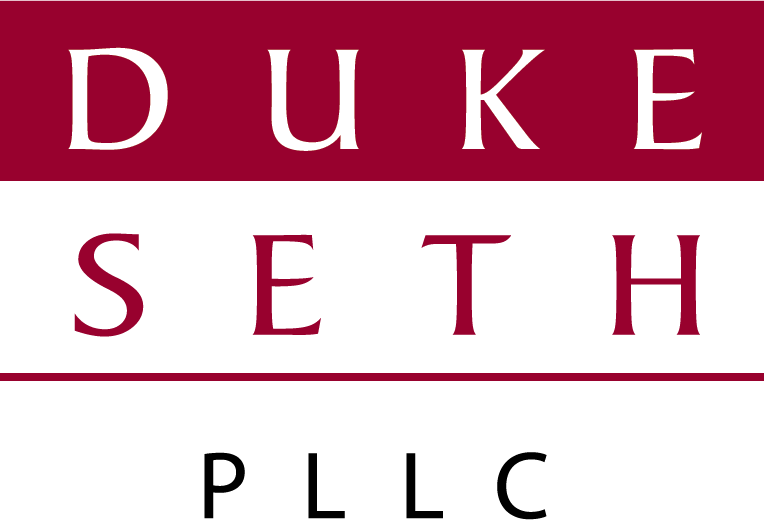EB-5 Visa
The EB-5 visa program was implemented by Congress in 1990 with the intention of stimulating the United States economy through job creation and prominent capital investments by foreign investors. This is an ideal option for business developers who are looking to increase capital for their U.S. projects. Under section 203(b)(5) of the Immigration and Nationality Act (INA), 10,000 immigrant visas are given out each year to available and qualified foreign nationals seeking permanent resident status.
EB-5 visa applicants are typically required to make either a $500,000 or $1 million capital investment amount into a U.S. commercial enterprise. The EB-5 investment can take the form of cash, inventory, equipment, secured indebtedness, tangible property, or cash equivalents and is valuated based on U.S. dollar fair-market value. The minimum amount of capital required for the EB-5 visa program may be decreased from $1 million to $500,000 if the investment is made in a commercial entity that is located in a targeted employment area (TEA). The EB-5 project must either be in a rural area or in an area that has high unemployment in order to qualify for TEA designation. High unemployment areas are geographic locations with an unemployment rate that is at least 150 percent of the national unemployment rate at the time of the EB-5 investment. Rural areas are geographic regions that are outside of a city with a population of 20,000 or more. Rural areas can also be geographic regions that are outside of what the U.S. Office of Management and Budget has designated as metropolitan statistical areas.

However, older commercial enterprises may qualify if the investment leads to a 40-percent increase in the number of employees or net worth, or if an older business is restructured to such a degree that a new commercial enterprise results. In addition to individual business enterprises, EB-5 visa applicants can also invest in EB-5 Regional Centers. Regional centers administer EB-5 projects. It may be more advantageous for an investor to invest in a regional center-run project because the investor will not have to independently set up the EB-5 projects.

If you have questions regarding your investment in a commercial enterprise in the United States, please contact an attorney from Duke Seth today. We will help you navigate the various EB-5 documents and ensure you meet all eligibility requirements before moving forward. For more information on this specific visa or another temporary or permanent visa, please do not hesitate to schedule a consultation with one of our attorneys by calling (214) 965-8100. We are happy to answer any questions you may have to get the application process underway.
Request A Legal Consultation
What Our Clients Say
This by far the BEST law firm I have come across. Meenu is so helpful and friendly. They return phone calls and give you updates on your case. I absolutely this law firm.
This is the best lawyer I’ve found yet. He really does what he says. I’d say he is very aggressive towards the ins co. he and his, wife work very well together. They get you into it Drs and they pay for it. They also get your meds for you. They treat you like family. My case is out of state. And they are helping me and my father. Heck,… I can’t speak well enough about them. If you want a very good Attorney, then you better get this one and no, I was not paid are compensated to write this. I’m a real client. disabled,and when other lawyer s said nono or dropped my case duke said yes. There you go. Read more “”
I highly recommend Walker Duke
In March, 2014, I discovered Walker’s website and he quickly called me back for an initial consultation. My Marine son had been killed by two drunks in San Angelo, Texas. When it comes to wrongful death, there is the law, but there is also the grieving. Walker has a Christian education and not only did I receive the legal assistance that I needed, Walker had patience, compassion, wisdom and strength… that gave me the hand up when I needed it. I found myself crying often when I had to speak with Walker, and he patiently guided me, and it was especially difficult when I took the stand during the civil trial. Walker was a rock, calming and firm, and he said exactly what I needed hear. I felt comfortable enough to tell Walker my wishes, and when I was emotional at the civil trial, I knew I could count on his judgment if things got complicated. It’s a critical, critical point. You have to answer serious questions, you may have to make a statement in the newspaper, you have to behave properly. Walker made me proud, stands tall with confidence, and pulled me through a very traumatic time in my life. Our judgment was $5M. This is a good number. It represents how much I was able to take away from the killers of my son, who took my son. Read more “I highly recommend Walker Duke”
Choose your lawyer wisely! They’ll be in your life for awhile.
I instantly had a good vibe with Walker and felt like he understood. Looking back, I’m glad I went with someone I could easily talk to because accident cases are long. It took over 3 years from accident to settlement with a lot of time with seemingly nothing happening. The insurance companies are smart and hope you’ll give up. Having a good lawyer like Walker was critical.
“I worked with Attorney Meenu Seth, with regards to business formation and creating contracts for our business. Meenu was very helpful, as she patiently explained to me how to set up proper legal guardrails to protect myself and the business. She is very prompt and I never had to wait for an answer. I would gladly recommend her to anyone who is looking for business related legal advice. Thank you,… Santhosh D.” Read more “”
To Gagandeep K. Seth (Meenu Seth)
I would like to tell you the professional job you did on my case was professional and exceptional. The kindness ou showed me will never be forgotten. You took my cans and ran with it. I really appreciate it and will use you everytime I need a lawyer. Y made sure my health was number one and my expenses were taken care of.… Thank you so much for what you did for me and I will recommend you to everyone.
Thank you again! – Diane Beeson Read more “”
Attorney Meenu Seth has been working with us for over 5 years and it has been a very symbiotic relationship. Her handling of immigration cases has been exceptional, helping us navigate through the complex world of visas. She has been meticulous and prompt with her communication both with us and USCIS. We continue to rely on her advice for immigration matters. We strongly recommend her and her team. – Swift… Pace Solutions | Agneto Read more “”
EXCEPTIONAL SERVICE AND MEENU IS VERY KNOWLEDGEABLE ATTORNEY
We have been working with Meenu for longer than 5 years. Our experience with her has been absolutely exceptional. We’ve worked with her on many issues, including real estate problems, company contracts, partnership agreements, commercial leases, and more. I find her immensely knowledgeable in such matters. I’ve recommended her to many of my colleagues. – Sanjay Joshi
VERY RESPONSIVE AND EDUCATED ME THROUGH OUT THE PROCESS
I was referred to DukeSeth by a family friend after I was rear-ended by another driver. This family friend spoke highly of DukeSeth’s legal practice and I was not disappointed
I had the pleasure of working with Meenu. She was always responsive whenever I had any questions. She guided me through the entire process which took many months. Meenu always provided detailed information each step of the way as… well as my options while allowing me to choose which option I felt comfortable with.
I would highly recommend DukeSeth and especially Meenu. – Joezer Cookey-Gam Read more “VERY RESPONSIVE AND EDUCATED ME THROUGH OUT THE PROCESS”
“Recently I have worked with Meenu Seth and Maureen for a Personal injury case, they were very friendly to me and promptly responded to my emails and phone calls, ensuring that I was always well-informed about the progress of my case. Whenever we had any doubts Meenu has patiently explained us and guided us throughout the process. Working with Meenu was a positive experience and I highly recommend Meenu Seth… to anyone in need of legal representation.” – Nikhitha Jetling Read more “”

